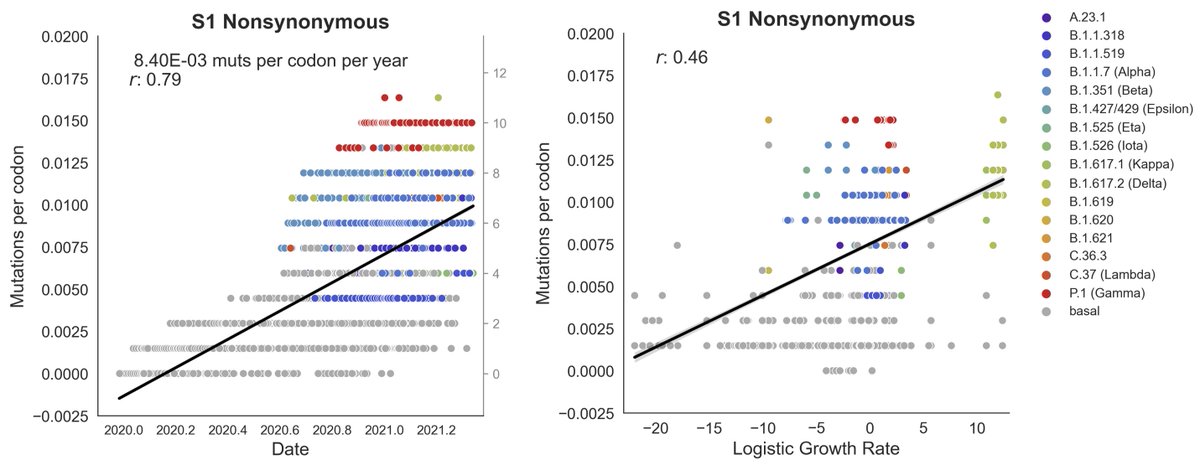
I'm honored and completely overwhelmed by the recognition from @macfound and @HHMINEWS. Flexible funding with a multi-year commitment is the professional scientist's dream and I'm incredibly grateful for this opportunity. 1/4
For me, like others in the field, responding to the pandemic has been a ceaseless and exhausting endeavor. But I'm immensely proud of what the teams at @nextstrain, @fredhutch and the @seattleflustudy, as well as the larger scientific community, have accomplished. 2/4
That said, it's difficult for me to sort out my feelings about these awards, as they are so intertwined with the pandemic. It feels perhaps uncomfortable to be professionally rewarded for doing something that felt like a moral imperative. 3/4
So many scientists, public health officials, health care workers, journalists and others have worked themselves bare during the pandemic. Though there’s still a long road in front of us, I’m confident that our collective effort will ultimately get COVID under control. 4/4
• • •
Missing some Tweet in this thread? You can try to
force a refresh












